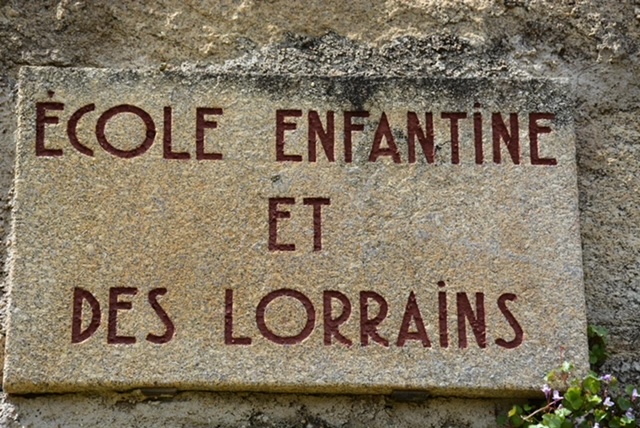On the afternoon of June 10, 1944 around two p.m., German troops under the command of SS Sturmbannfuhrer Adolf Diekmann and around 120 to 200 soldiers of the reserve regiment arrived at the village of Oradour-Sur-Glane. A village located in southwest France in the Haute Vienne, Oradour was a serene pastoral village where people were a community of farmers. The population of the village at the time was approximately 650 villagers, including women and children who were in school at the time of their arrival.
The reserve regiment, called “Das Reich”, was charged to enter the village with the supposed intention of seeking out resistance fighters and exterminating them. Das Reich sent out a group of soldiers called the “Der Fuhrer” regiment, a band of 120 to 200 soldiers, who arrived from the Eastern Front where they retaliated against the Soviets by murdering thousands of Soviet citizens, torching several villages.
As the troops barred all exits out of the village, the Der Fuhrer Stumbannfuhrer commanded the separation of all men from the women and children. Farmers working the fields were summoned from their tasks and were corralled into the town’s central square along with the elderly and sick. As the German troops secured the village, ascertaining that all the villagers were unable to leave, they marched the men, lined them up and forced them into six separate barns. They were reportedly asked if they had weapons hidden by partisans and rebel forces. When no one could offer information as there were no rebels in the village or knowledge of partisan involvement, the commander issued an order to his troops which forever sealed the fate of all the villagers. While standing in line, the men were shot to death by machine gun. They fell to their grave.
The terrified women and children awaiting their fate were marched into the village church. The windows of the church and the doors were bolted. Then, without remorse, the German soldiers volleyed grenades through the church windows, shattering them and burning the interior of the church while the villagers burned alive and the sound of screams were heard. Anyone who attempted to flee were shot on sight or pursued back into the confines of the burning building. Those who were still in hiding outside the church were chased into buildings and similarly burned to their death.
Only about seven of the villagers survived, hidden alive under burning bodies and other victims who were shot in a line along the walls of houses. All the children died, along with the burning bodies of animals in barns, the scorched vegetable plots and the hull of cars. Today, Oradour Sur Glane stands silent and empty, a shrine and memorial to the brutal mass slayings of the Nazis of World War II.
A google map shows the village on any French map, with photos of the remains of the village. It is open to the public and can be visited for free. However, beware should you choose to enter at nightfall or stroll the cremains of the burnt edifices. If you happen to be courageous enough, seek out the church near the center of the village or the market square.


